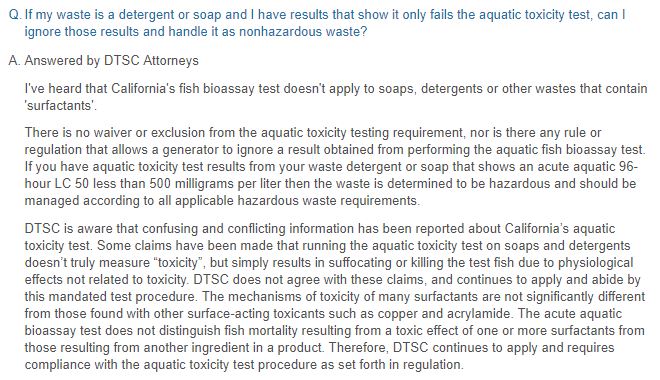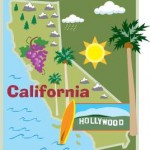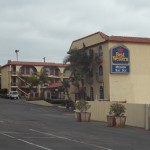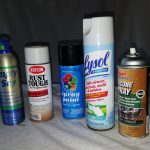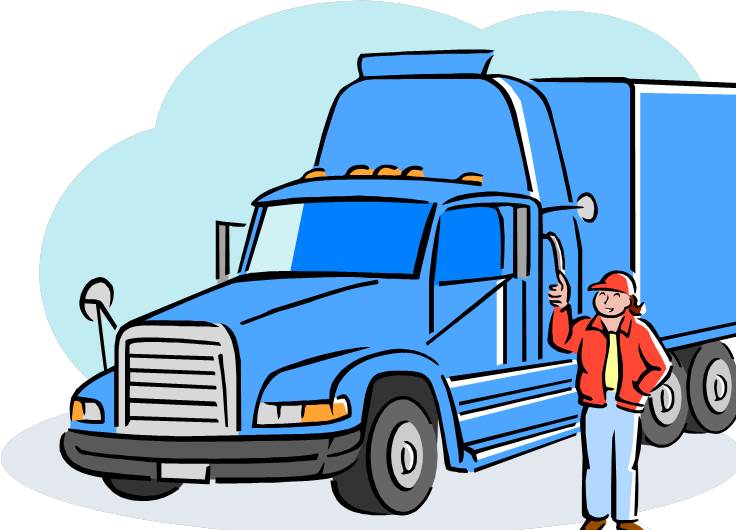In an earlier article I summarized the responsibilities of a hazardous waste generator for the completion and distribution of the Uniform Hazardous Waste Manifest (Manifest). Read: Use and Distribution of the Uniform Hazardous Waste Manifest. That article dealt only with the Federal regulations of the U.S. Environmental Protection Agency (EPA). In this article – and those that follow – I will detail the requirements of individual states regarding the distribution of the Manifest. Since the regulations of a state with an authorized hazardous waste program must be at least as strict as those of the EPA and can be more strict (state regulations can’t be less strict than Federal regulations), state regulations may require more than those of the EPA.
In this article: California!
State regulatory agency:
California Department of Toxic Substance Control (DTSC) within the California Environmental Protection Agency (Cal EPA).
Manifest copy distribution in California:
Note: Two types of hazardous waste are regulated by DTSC in California:
|
- Page 1 (top copy): “Designated facility to destination State (if required)”.
- A designated facility within California must submit this copy to DTSC within 30 days of receipt if it is a RCRA hazardous waste or a non-RCRA hazardous waste.
- A designated facility outside of California must submit this copy to its state environmental agency only if it is a RCRA hazardous waste and if required by its (the designated facility’s) state.
- Page 2: “Designated facility to generator State (if required)”.
- A designated facility within California is not required to submit this copy to DTSC since it will have submitted page 1.
- A designated facility outside of California must submit this copy to DTSC within 30 days of receipt if it is a RCRA hazardous waste or a non-RCRA hazardous waste.
- Page 3: “Designated facility to generator”.
- Page 4: “Designated Facility’s copy”.
- Page 5: “Transporter’s copy”.
- Page 6 (bottom copy): “Generator’s initial copy”
State requirements to modify the EPA-required manifest copy distribution outlined above:
- None
Additional state requirements for the management of the uniform hazardous waste manifest:
- Use of the Manifest is required for shipments of both RCRA hazardous waste and non-RCRA hazardous waste.
- Use of the Manifest is required for all generators of hazardous waste in California: those that generate more than 1,000 kg (2,200 lb) per month and those that generate up to, but no more than, 1,000 kg (2,200 lb) per month. However, use of the Manifest is not required for a generator of up to, but no more than, 100 kg (220 lb) per month of hazardous waste whose waste is hazardous due solely to the presence of the toxicity characteristic for silver (D001).
- The generator must always send a readable and legible copy of the Manifest to DTSC within 30 days of signing if the waste is:
- Generated in California;
- Handled by a permitted facility in California; or is,
- Imported or exported from California.
- Generators must mail a readable and legible copy of the Manifest, as required above, to:
- DTSC Generator Manifests / Department of Toxic Substances Control / P.O. Box 400 / Sacramento, CA 95812-0400
- Since the Manifest does not include a page for the generator to submit to DTSC the generator must make a copy of the Manifest for this purpose. While it is easiest to make a copy of page 6 (signed by both the generator and the transporter and left with the generator), it may not make a legible copy. It is recommended that the generator make a copy of page 1 of the Manifest before it leaves with the transporter and submit this to DTSC.
- TSDF sends copy to DTSC with 30 days of the receipt date to:
- DTSC Facility Manifests / P.O. Box 3000 / Sacramento, CA 95812
- A Manifest Correction Letter must be sent to DTSC whenever hazardous waste manifests are submitted containing incorrect or incomplete information. Per California Health and Safety Code, Section 25160.5, DTSC is authorized to charge a $20 manifest correction fee when DTSC discovers the errors and requests a manifest correction letter. DTSC does not charge the fee if the company submits the manifest correction letter before being notified by DTSC of the error. To submit a letter, please provided the manifest corrections on company letterhead, and include the following information:
- The Manifest Tracking Number which includes a unique three-letter suffix preceded by nine numerals which is pre-printed in Item 4 of the manifest.
- The date the generator signed the manifest.
- Generator EPA ID number used on the original manifest, even if it was incorrect.
- The incorrect or incomplete item number from the manifest.
- The corrected information.
- Signature, title, mailing address, and phone number of person submitting the correction.
- Send Manifest Correction Letters to:
- DTSC / Generator Information Services Section / Attention: Manifest Corrections / P.O. Box 806 / Sacramento, CA 95812-0806
- DTSC follows the Federal rule for the Exception Report. Send Exception Reports to:
- DTSC Report Repository / Generator Information Services Section / P.O. Box 806 / Sacramento, CA 95812-0806
- DTSC follows the Federal rule for the Waste Minimization Certification.
Contact me with any questions you may have about the generation, identification, management, and disposal of hazardous waste Daniels Training Services, Inc. 815.821.1550 |
More information:
- Accumulation Time Limits for Hazardous Waste Generators in California
- What is acute aquatic toxicity in California?
- Are soaps and detergents a non-RCRA hazardous waste in California?
- Two Exemptions From Universal Waste Regulations in California
- Banned From Landfill Disposal in California
- The Marking of a Hazardous Waste Container in California

